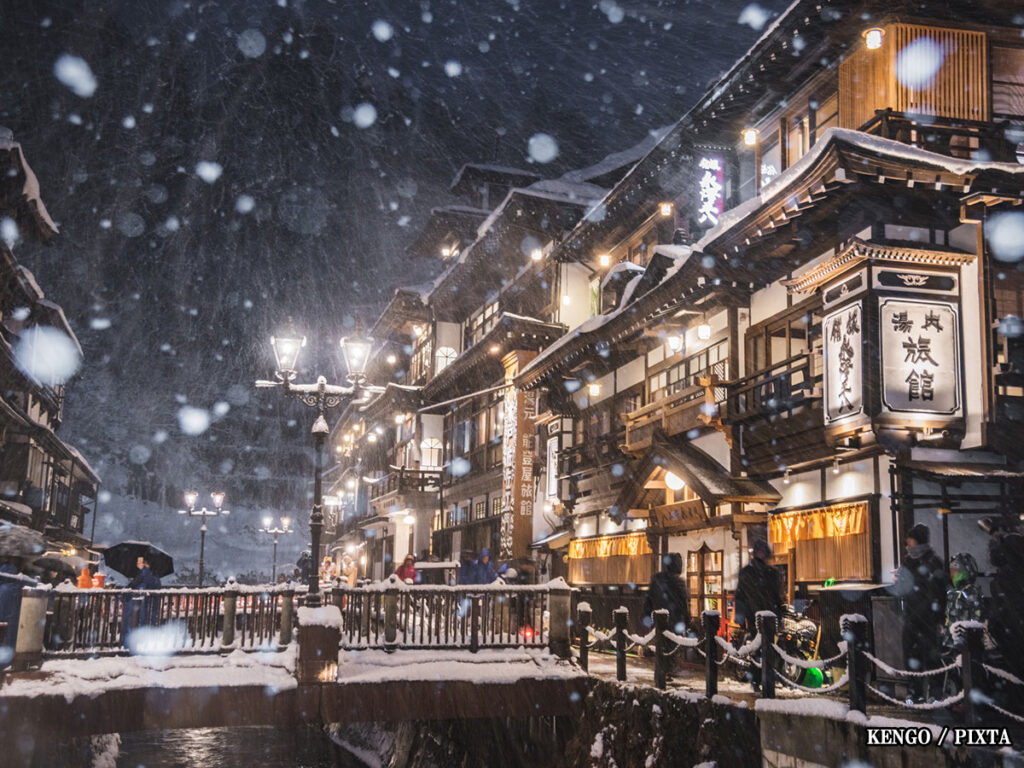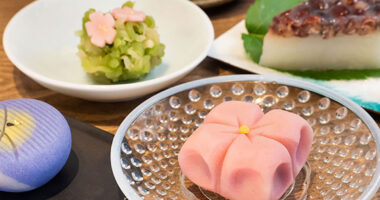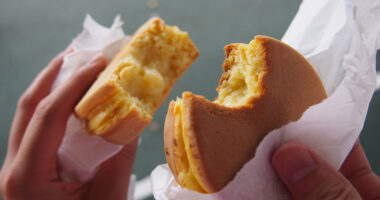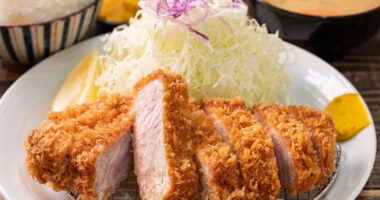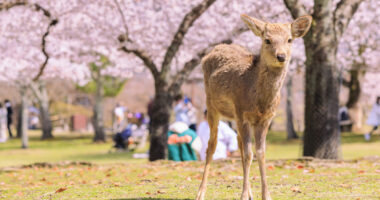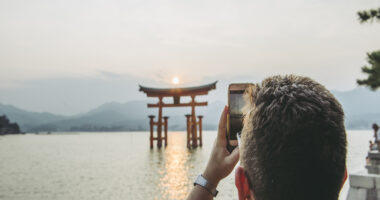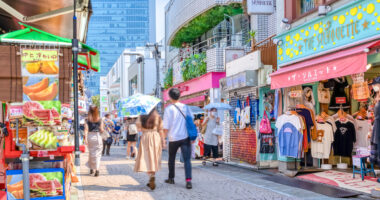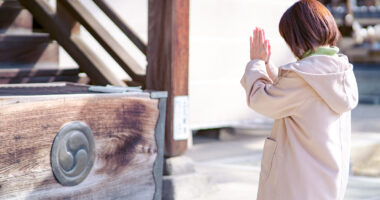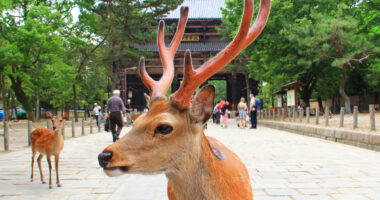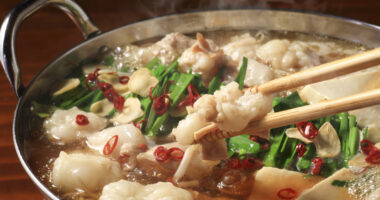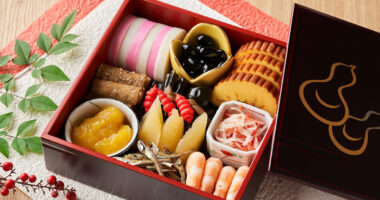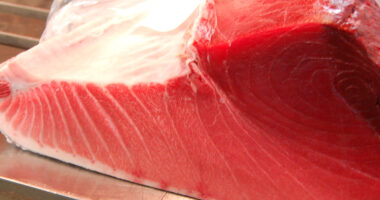December to February is winter in Japan, a magical season offering a combination of heartwarming cuisine, traditional events, and breathtaking scenery. Here are ten experiences that make the Japanese winter unforgettable.
Seasonal Foods
1. Hearty winter hot pots
Japan’s cold weather calls for a warm, nourishing hot pot, known as nabe in Japanese. For example, you can indulge in shabu-shabu, a delightful hot pot dish featuring thinly sliced meat and fresh vegetables cooked in boiling broth, or mizutaki, a simple and delicate hot pot where chicken is slowly cooked with vegetables in a light broth. These hearty dishes are perfect for sharing with family and friends and can be found across Japan at specialty restaurants during the winter season.
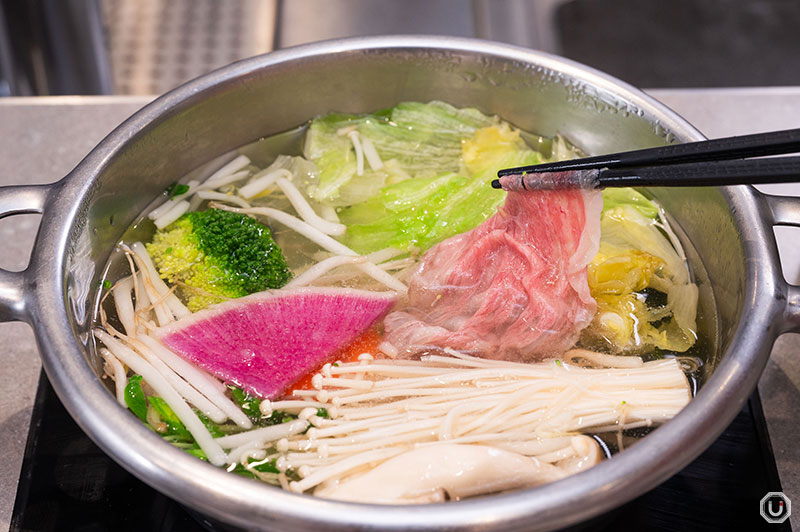
Shabu-shabu at Hitori Shabu-shabu Nanadaime Matsugorou Shinjuku TOHO Building in Tokyo
2. Fresh crab dishes
Winter crab is a seasonal delicacy that draws food lovers from far and wide. Treat yourself to the sweetest, freshest crabs in places like Hokkaido, Tottori and Ishikawa. Crab cuisine, ranging from steamed or grilled legs to creamy crab porridge, is served at local restaurants throughout the winter, in various areas throughout Japan.
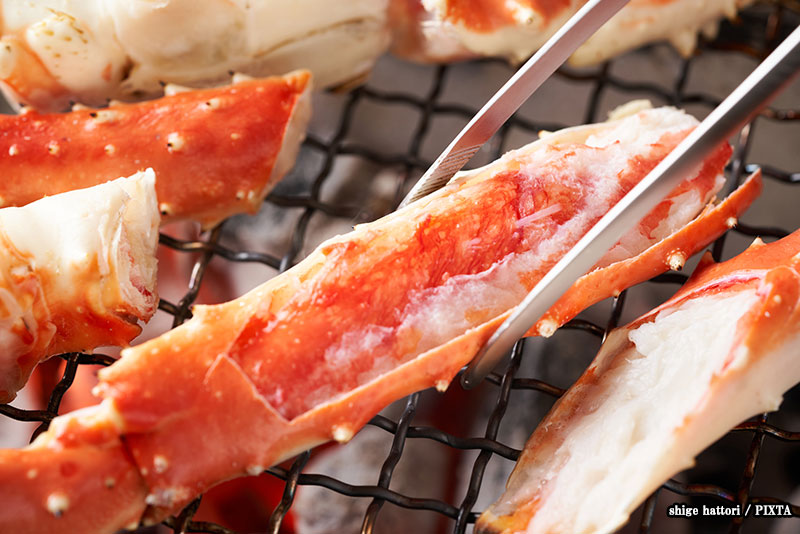
Grilled crab legs (photo for illustration purposes)
3. Mochi and ozōni: New Year delights
Mochi (rice cakes) and ozōni soup are iconic elements of the Japanese New Year celebration. Ozoni is a clear or miso-based soup containing mochi, vegetables, and sometimes seafood, enjoyed across the country around the time of the new year for good fortune. At this time, mochi pounding performances can sometimes be seen in shops, events held at hotels or commercial centers, providing an interesting cultural experience.
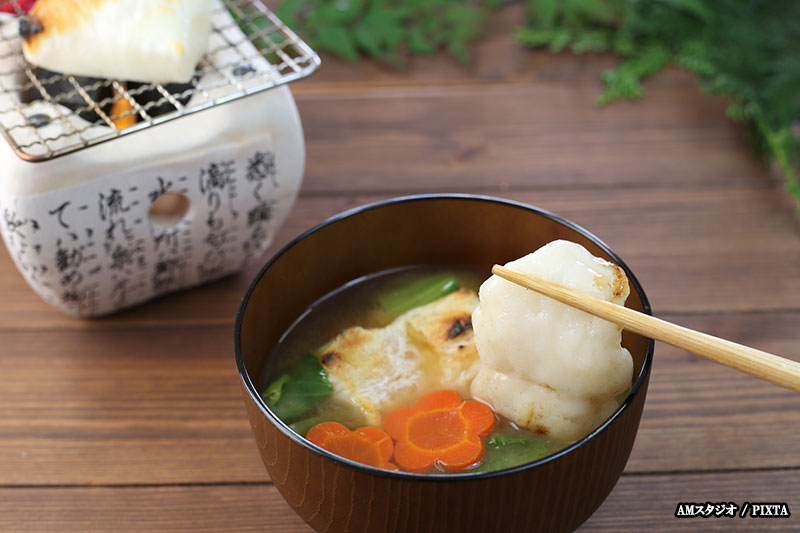
Traditional ozoni soup with mochi (photo for illustrative purposes)
4. Osechi: traditional New Year cuisine
Osechi is a traditional New Year meal in Japan, consisting of an array of beautifully presented dishes. Many of the ingredients in osechi have symbolic meanings, such as kuromame (sweet black beans) for good health, kazunoko (herring roe) symbolizing fertility, and datemaki (a sweet rolled omelet) that symbolizes learning and success. Although some Japanese families prepare osechi at home, you may also find it served at some hotels and restaurants.
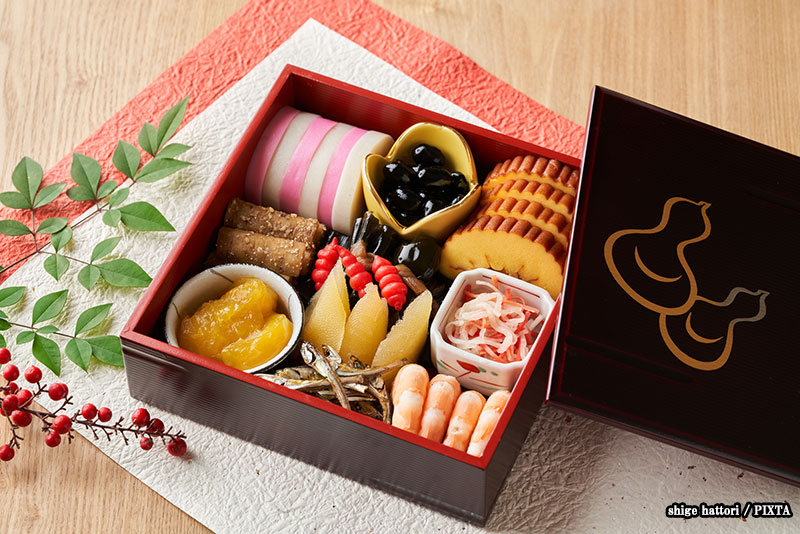
Traditional osechi cuisine (photo for illustrative purposes)
Winter activities and traditions
5. Glittering Christmas illuminations
Japan celebrates winter with spectacular illuminations around the Christmas season. Visit locations like Tokyo’s Roppongi Hills, Osaka’s Midosuji Boulevard, Huis Ten Bosch in Nagasaki or Odori Park and other locations in central Sapporo during their “Sapporo White Illumination” period for stunning winter displays of thousands of twinkling lights that create an almost magical landscape, especially charming during Christmas season. When enjoying illuminations, be sure to follow local rules.
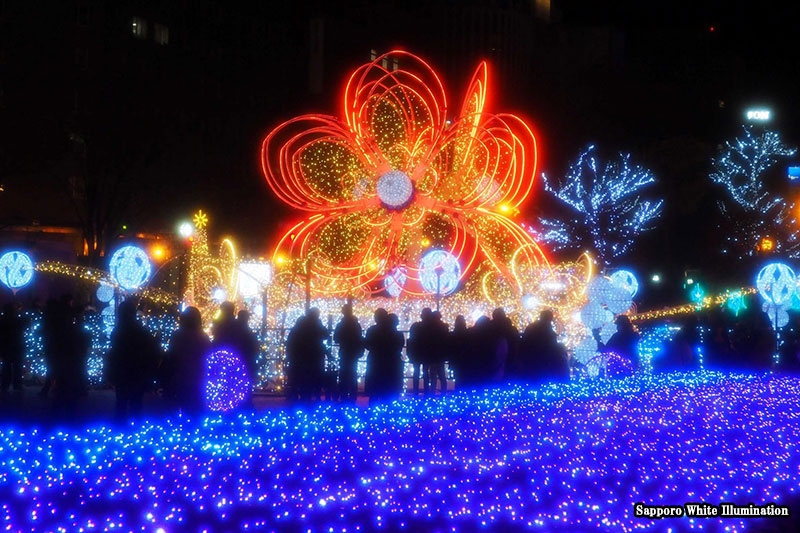
Beautiful displays during the Sapporo White Illumination
6. Winter Festivals
Experience the beauty of Japan’s winter festivals. Visit the Sapporo Snow Festival in February, famous for its enormous snow and ice sculptures, or step into a kamakura—a traditional ‘snow hut’ (not related to the city of Kamakura)—at the Yokote Kamakura Festival in Akita Prefecture. For a romantic winter experience, the Otaru Snow Light Path Festival in Hokkaido features snow lanterns lining the canals, creating a serene and beautiful scene.
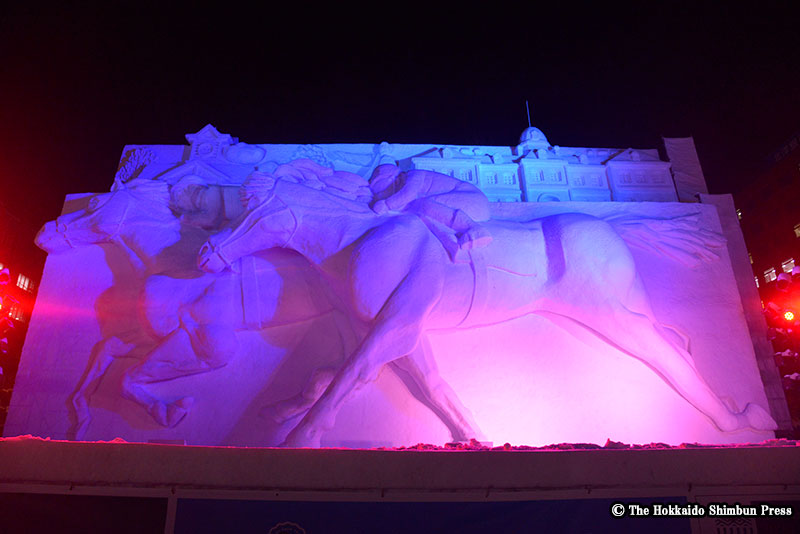
An impressive snow sculpture at the Sapporo Snow Festival
7. Hatsumōde: Start the year at a temple or shrine
Kick off the new year by visiting a temple or shrine for hatsumōde, the first shrine visit of the year. It’s a traditional way for locals to pray for health and happiness. Popular shrines like Meiji Shrine in Tokyo or Fushimi Inari in Kyoto can get quite busy, but the festive atmosphere makes it worth the visit.
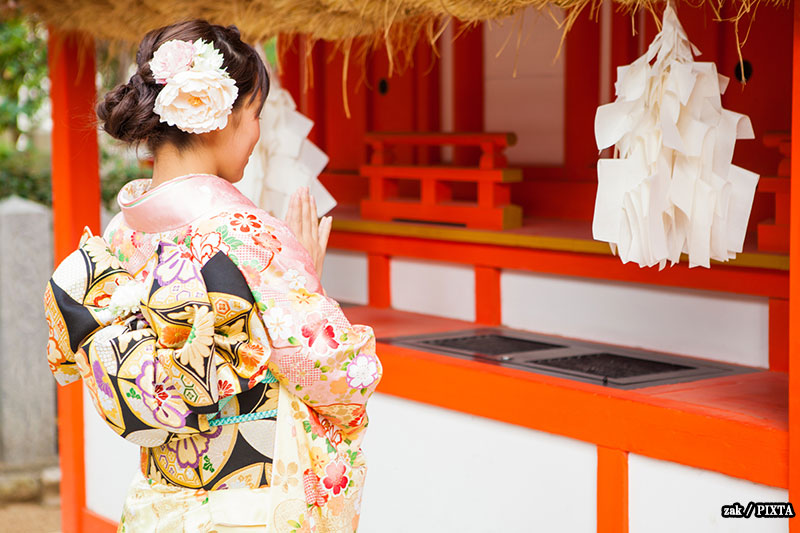
Praying for health and happiness in the new year (photo for illustrative purposes)
8. Hot springs and snow: onsen bliss
There’s nothing like soaking in a hot spring (onsen in Japanese) in a snowy winter wonderland. Famous locations such as Kusatsu Onsen in Gunma Prefecture or Ginzan Onsen in Yamagata Prefecture offer stunning snowy backdrops while you relax in the warm waters. The contrast between the cold air and hot spring water is an unforgettable experience. Please note that popular onsen locations may have safety-related traffic and entry restrictions, so please check their websites for details.
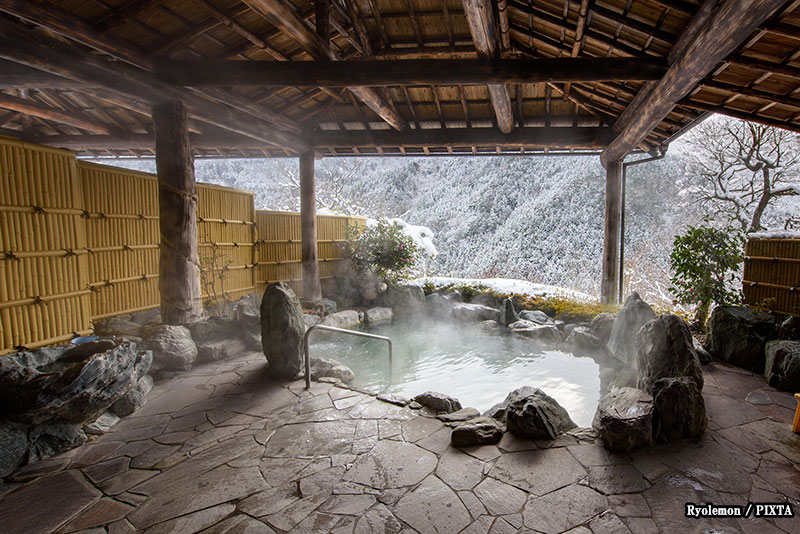
An outdoor bath at a Japanese onsen in winter (photo for illustrative purposes)
9. Setsubun and ehōmaki rolls
In early February, experience Setsubun, a traditional festival celebrating the start of spring according to the old lunar calendar. During this event, many enjoy ehōmaki, large uncut sushi rolls eaten while facing a specific lucky direction as a way of bringing good luck for the year ahead. They’re widely available, even at convenience stores. Recently, you can also find sweet versions of ehomaki, such as rolled sponge cakes filled with cream and fruits, making this tradition more accessible and fun for everyone. You can also see the bean-throwing ceremony, known as mamemaki, held at some temples and shrines, where participants throw beans to ward off evil spirits.
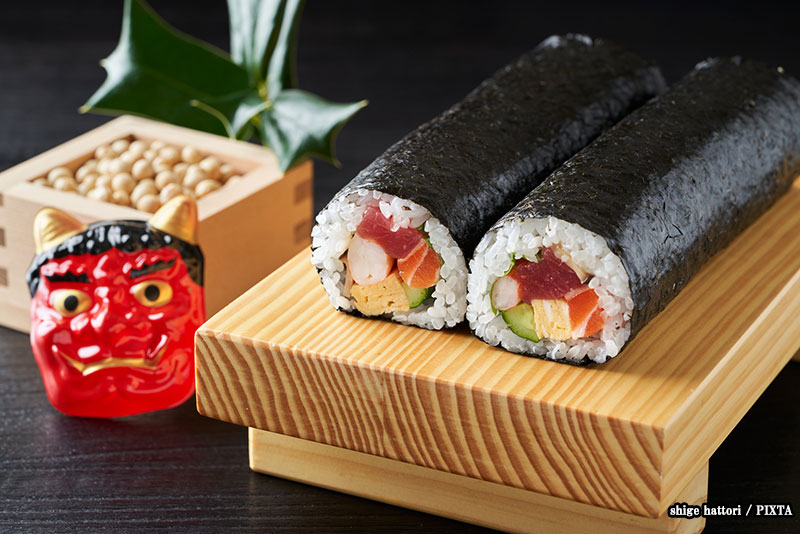
Beans for throwing and ehomaki for eating during Setsubun (photo for illustrative purposes)
10. Winter sports: ski and snowboard adventures
Hit the slopes at Japan’s famous ski resorts, such as Hakuba, Nozawa Onsen in Nagano Prefecture, or Niseko in Hokkaido. These areas are known for their fluffy powder snow, offering skiing and snowboarding experiences to suit all skill levels.
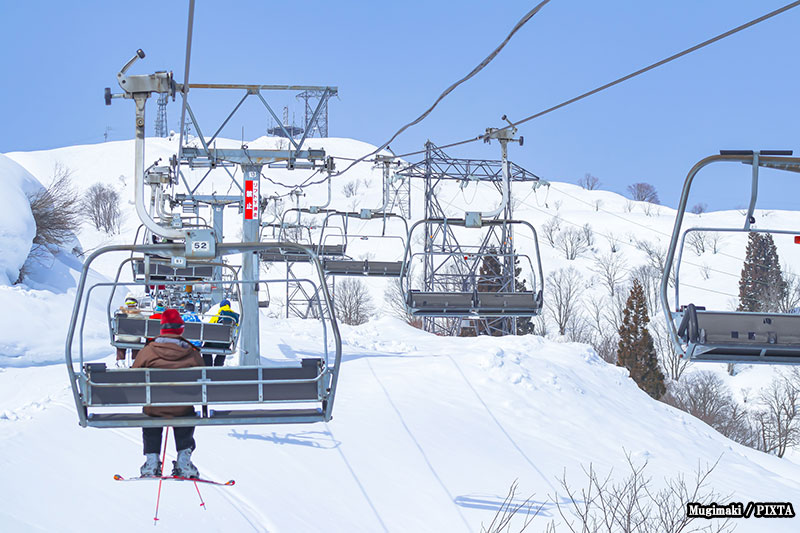
A ski lift in Japan (photo for illustrative purposes)
In conclusion, winter in Japan is full of warmth, even on the coldest days. Whether you are savoring seasonal dishes, enjoying a hot bath surrounded by snow, or celebrating with the locals at a festival, the season has something unforgettable to offer. Make sure to take advantage of these top ten ways to experience the best of Japanese winter!
